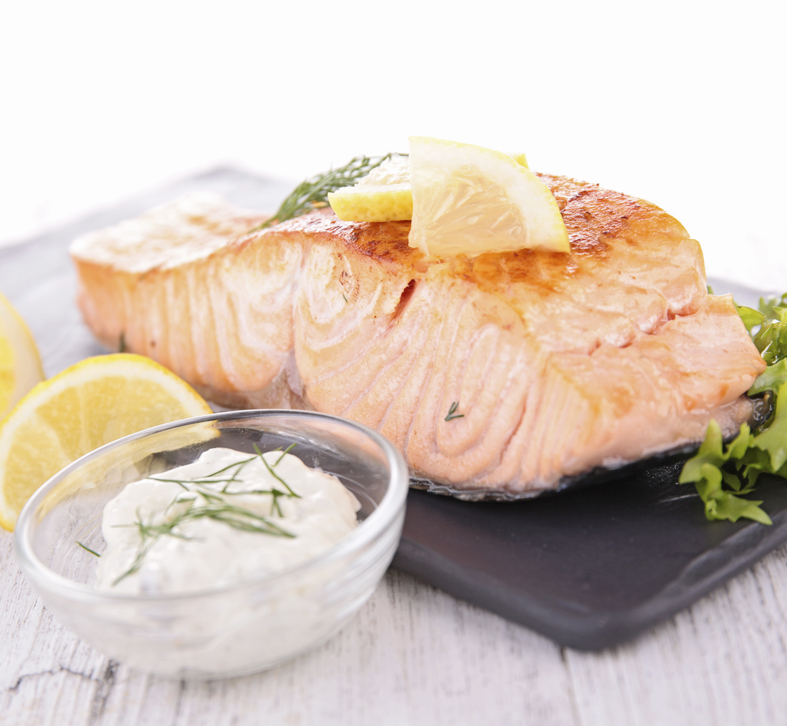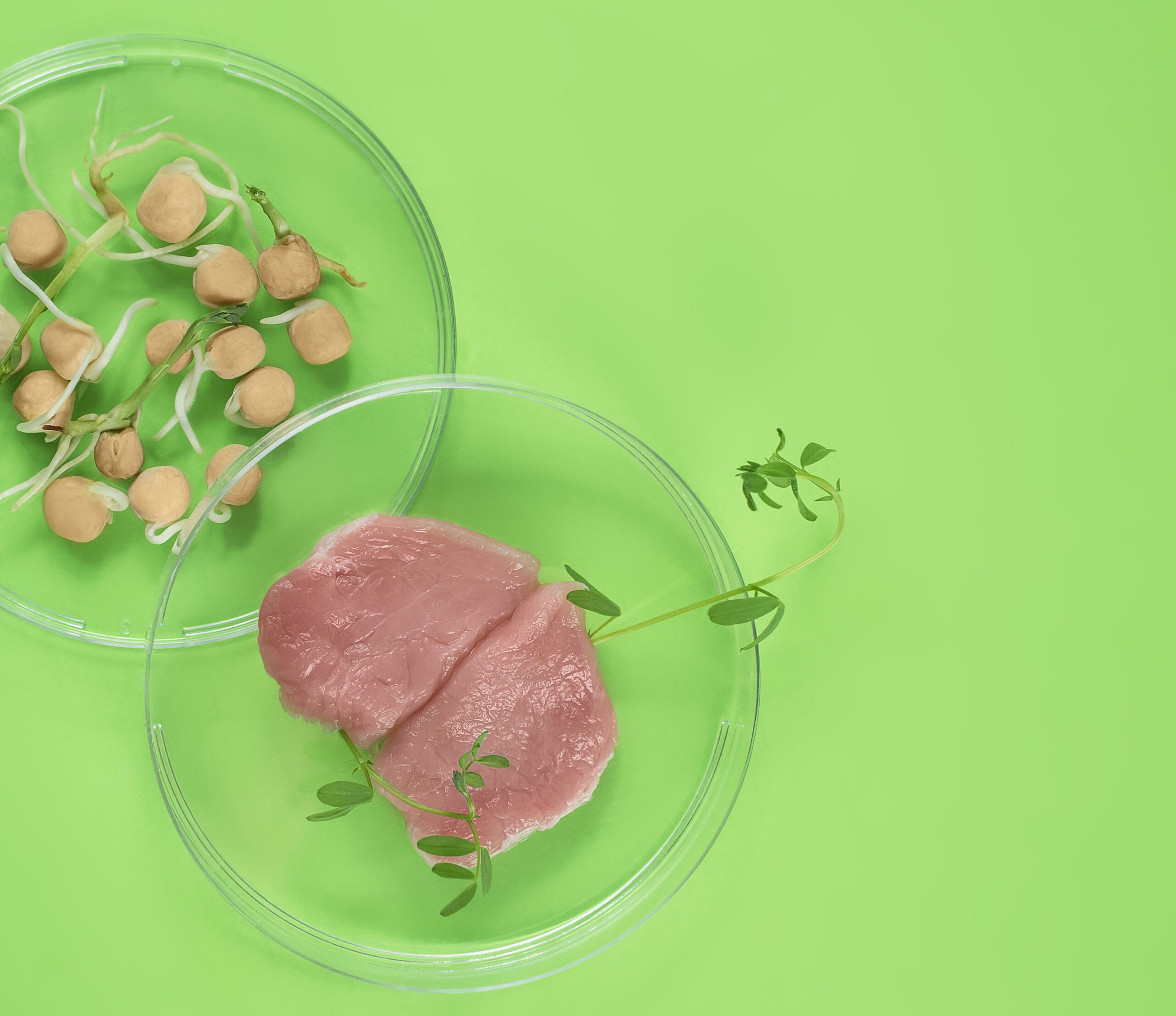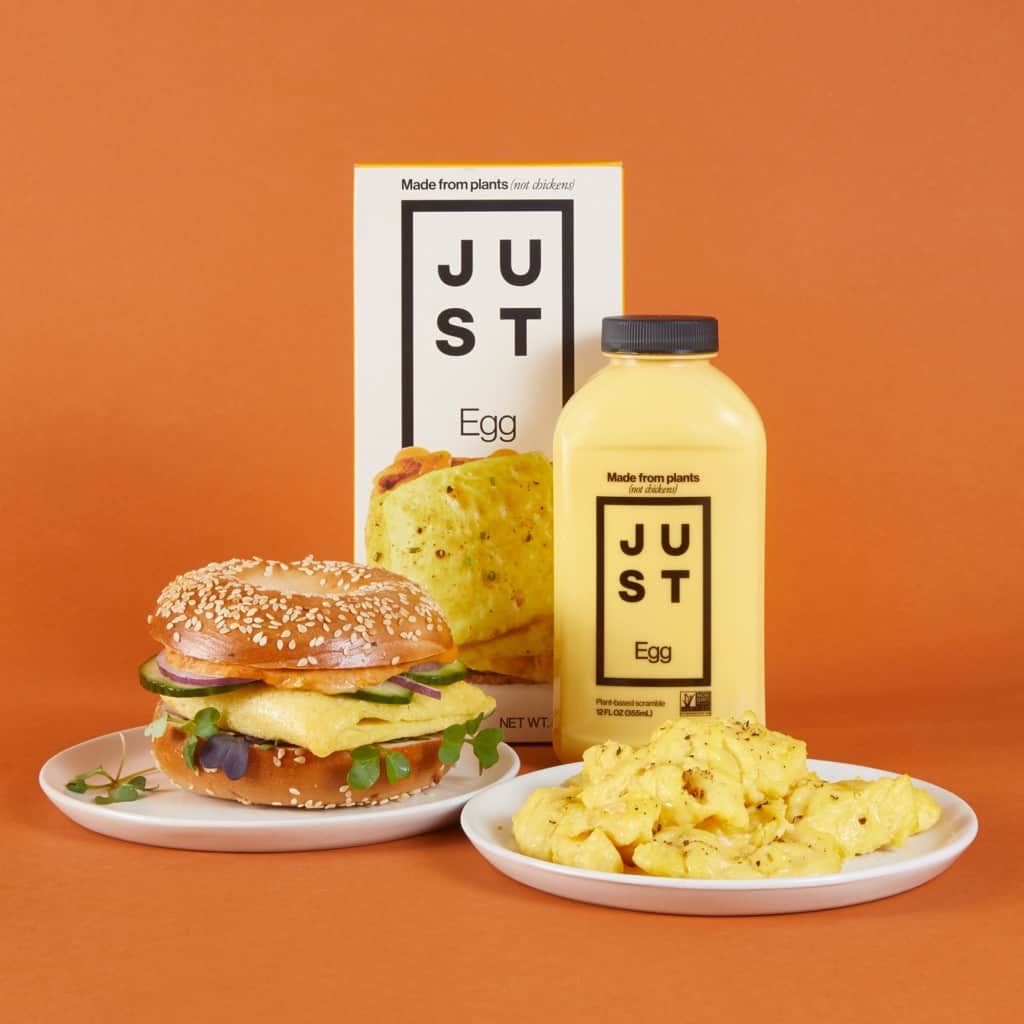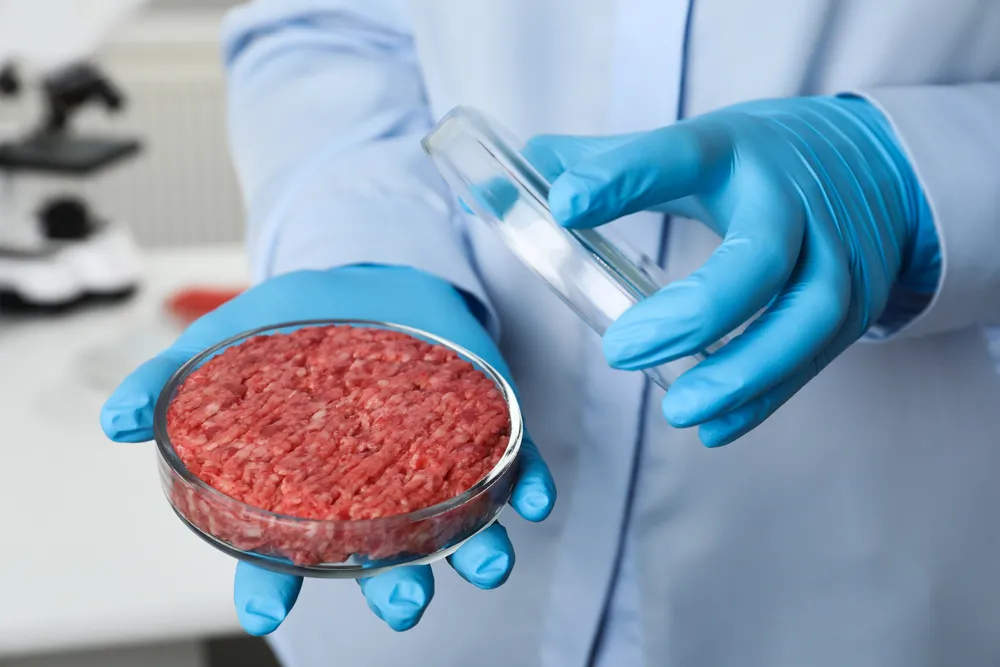Ever heard about 3D-printed food and wondered if it is real? Well, it is, and almost on the verge of transforming conventional restaurant kitchens across the globe.
According to a 2022 report by Statista, the global market value for 3D printing products and services in 2020 was around USD 12.6 billion. And between 2020 and 2023, the industry is expected to have a compound annual growth rate of nearly 17 per cent.
Besides its decent adoption in the global food industry, extensive research on 3D food printing technology is ongoing. A 2020 Strait Times report reveals that Singapore’s Khoo Teck Puat Hospital (KTPH) has been working closely with the Singapore University of Technology and Design (SUTD) and Nanyang Technological University (NTU) on multiple 3D food printing research projects.
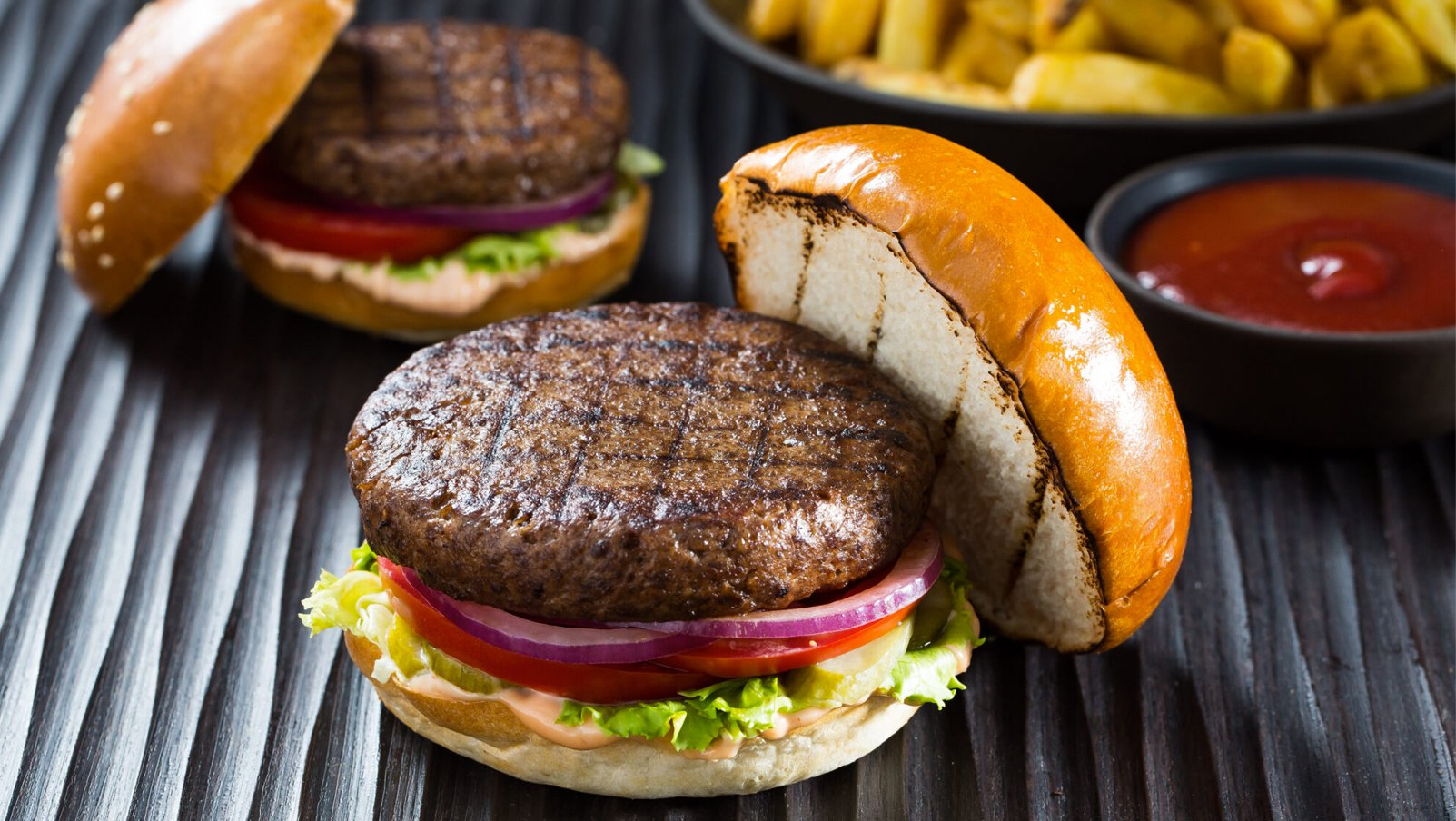
Mechanical engineers in the Creative Machines Lab at Columbia University have also been conducting experiments related to 3D-printed food and food printers since 2005.
Not to mention, NASA‘s experiments with 3D-printed food for astronauts on long missions — in 2013, the American space agency announced its research on the possibility of 3D printing technology for food to overcome the challenges of handling food in general during long-term space missions. In January 2023, a panel of NASA experts at the Consumer Electronic Show (CES), discovered a cutting-edge bioreactor for the future of in-space dining.
Undoubtedly, 3D food printing is working towards a possible cooking renaissance — one where fresh produce and unconventional combinations are created through an automated process.
What is 3D-printed food?
It is a meal prepared through an automated additive process known as 3D food printing. Also called food layered manufacture (FLM), this novel way of making food digitally applies the additive manufacturing method to food fabrication.
As per a 2022 report by Chemical and Engineering News (C&EN), Lynette Kucsma, co-founder and chief marketing officer at Spanish food printing company, Natural Machines, says, “If you buy any packaged food at the supermarket, then you’re practically eating 3D-printed food already.”
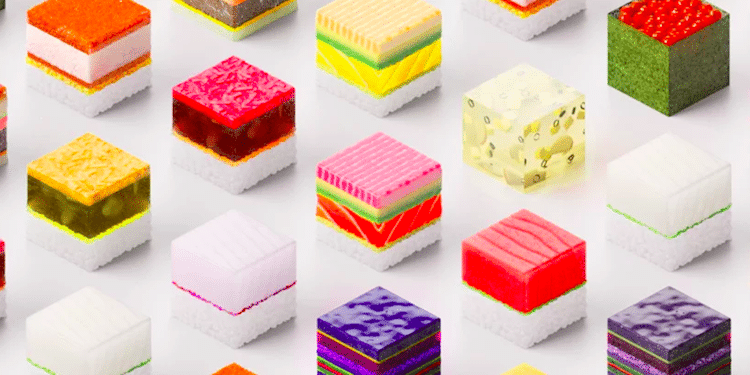
Some examples of 3D-printed foods include:
- Cultured meat: In this sustainable meat printing, a stem-cell-based bioreactor is used to culture animal cells without harming the animals. It is then printed with inkjet-style food printers.
- Chocolate: Chocolate is one of the easiest materials to 3D print since it can be melted and solidified again relatively quickly.
- Pasta: Lately, the most complex pasta designs are 3D printed to create unique culinary experiences.
Companies working on 3D food printing
According to numerous experts and researchers, 3D-printed food has a relatively niche market. As of now, no governing body, such as the World Health Organization (WHO) or the World Food Preservation Center (WFPC), has approved the manufacturers working on 3D food. However, that doesn’t stop innovators and start-ups from introducing 3D food printing in their kitchens. Some of the companies working in this area are as follows:
- Barilla
- Natural Machines
- Steakholder Foods
- Redefine Meat
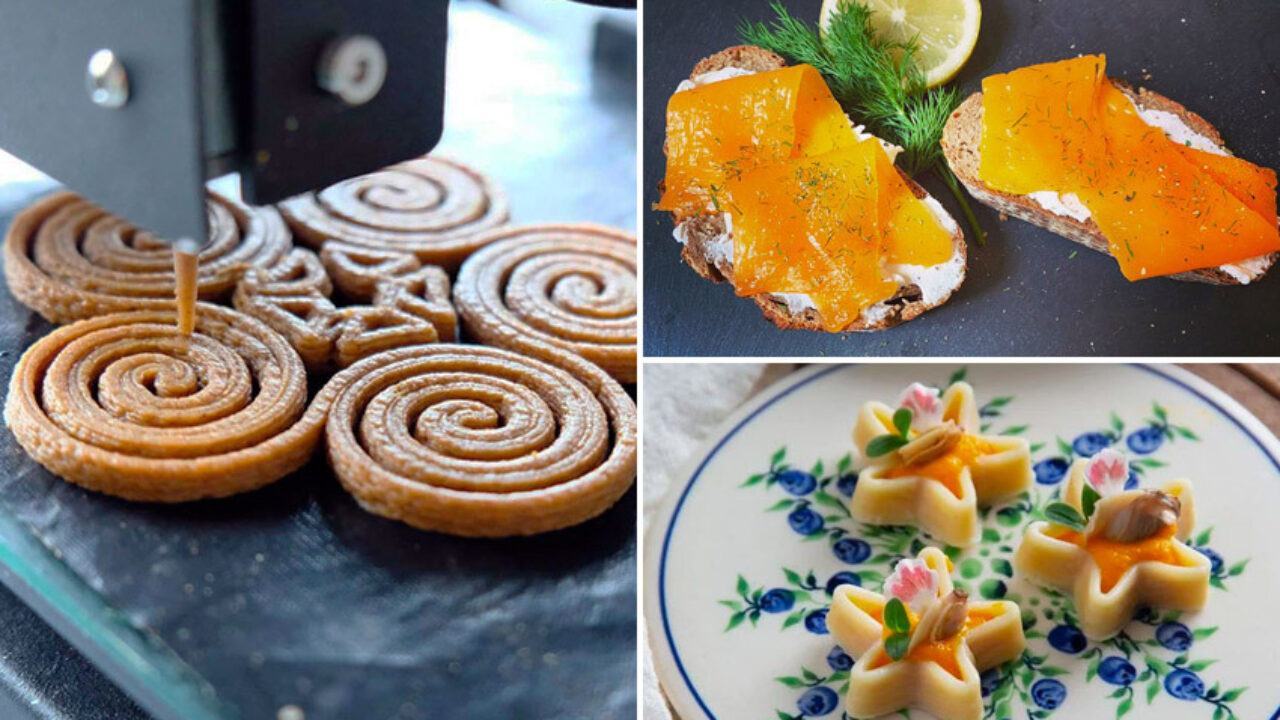
** Click here to read the full-text **








